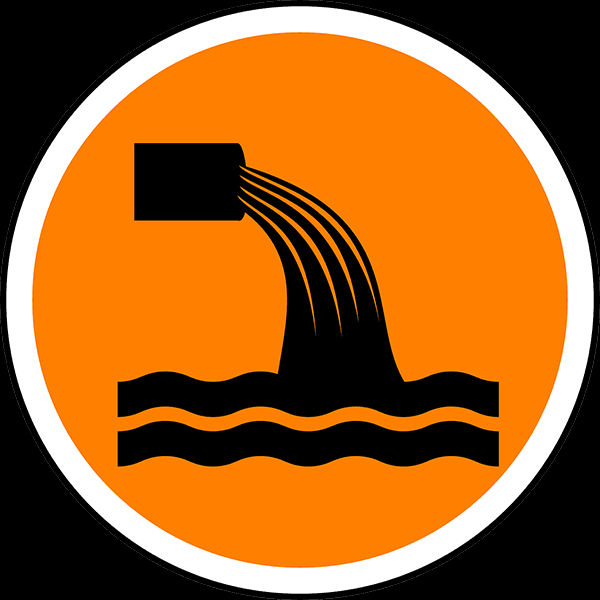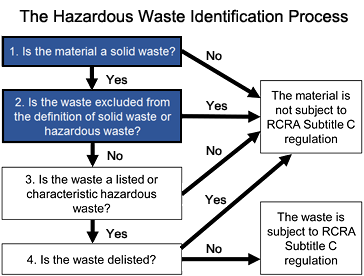Reclaim Waste Things To Know Before You Buy
Table of ContentsReclaim Waste - TruthsAll About Reclaim WasteSome Ideas on Reclaim Waste You Should KnowThe Facts About Reclaim Waste RevealedSome Ideas on Reclaim Waste You Need To Know
Domestic sewage waste refers to the waste and products from a household septic storage tank. The correct management and disposal of residential sewage waste call for fluid waste to be transferred to a sewer therapy plant where the appropriate approaches and equipment are applied to cleanse and dispose of waste.
Industrial waste often includes potential hazards, such as combustible materials or a combination of liquid and solid waste products, and needs an extra sophisticated and thorough disposal process. The disposal of industrial waste generally includes the purification of waste prior to transportation to make sure secure and proper disposal. Industrial waste is developed from results and runoff of industrial procedures and manufacturing.
This kind of waste can not use the exact same sewage monitoring transport or processes as septic or industrial liquids. The hazardous waste management procedure calls for the inspection and testing of fluid waste prior to it undertakes the disposal procedure (liquid waste removal). Drainage waste is the liquid waste that comes from drainage and excess stormwater in very booming areas or cities
Drainage waste can trigger contamination and flooding if not taken care of correctly. Guaranteeing proper waste monitoring can prevent calamities and minimize ecological injury.
Reclaim Waste - An Overview
Get in touch with PROS Providers today to learn concerning our waste monitoring and disposal services and the appropriate means to take care of the liquid waste you create.
Do you recognize what happens to your water when you end, purge the bathroom or drain the washing maker? No? Well, it deserves understanding. This so-called 'wastewater' is not just an essential source but, after treatment, will certainly be launched to our land, rivers or the sea. Made use of water from toilets, showers, bathrooms, cooking area sinks, laundries and commercial procedures is referred to as wastewater.

water made use of to cool machinery or tidy plant and equipment). Stormwater, a kind of wastewater, is drainage that moves from agricultural and city locations such as roofings, parks, gardens, roads, paths and gutters right into stormwater drains, after rainfall. Stormwater streams neglected straight to regional creeks or rivers, eventually reaching the sea.
See This Report about Reclaim Waste
In Queensland, the majority of wastewater is treated at sewage therapy plants. Wastewater is delivered from residential or commercial websites through a system of drains and pump terminals, called sewerage reticulation, to a sewage therapy plant. read this Neighborhood federal governments build, maintain and run most sewer therapy plants. Operators are accredited under the Environmental Management Act 1994 to discharge treated wastewater at an acceptable ecological requirement into waterways.
The Division of Natural Resources recommends local governments concerning handling, operating and maintaining sewage systems and therapy plants. In unsewered areas, city governments might require householders to set up private or house sewer therapy systems to deal with residential wastewater from toilets, kitchen areas, shower rooms and laundries. The Department of Natural Resources authorizes using house systems when they are proven to be efficient.
In some brand-new neighborhoods, therapy of some stormwater to remove clutter, sand and gravel has begun using gross pollutant traps. Wastewater therapy takes place in 4 phases: Eliminates strong matter.
Wastewater after that flows right into huge containers where solids work out and are removed as sludge. Grease and residue are skimmed from the surface. Utilizes small living microorganisms knows as micro-organisms to break down and eliminate remaining liquified wastes and great particles. Micro-organisms and wastes are integrated in the sludge. Eliminates nitrogen and phosphorus nutrients that can create algal blooms in our waterways and intimidate aquatic life.
Reclaim Waste Fundamentals Explained
Nutrient elimination is not readily available at all sewage therapy plants because it needs expensive specialised devices. It is ending up being extra usual in Queensland. Clear liquid effluent created after therapy may still have disease-causing micro-organisms. If this effluent is launched right into rivers such as rivers or the sea, the micro-organisms will eventually die out.

This typically indicates wastewater needs to be treated or contaminants removed prior to it can be discharged to rivers. A lot of wastewater streams right into the sewerage system. Under the Act, city governments carry out authorizations and licences for ecologically relevant tasks (Ages) involving wastewater launches that may have a local impact. The division provides approvals and permits to Ages including wastewater launches that may have a regional or statewide impact.
Getting The Reclaim Waste To Work
Otherwise, samples are considered lab evaluation. Typically numerous examinations are needed to establish the levels of each of the various toxins such as oils, hefty metals and pesticides in water. Surveillance provides factual info about water quality and can verify that licence problems are being satisfied. The details gotten via monitoring supplies the basis for making water quality decisions.
Comments on “The Best Guide To Reclaim Waste”